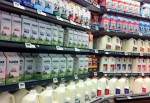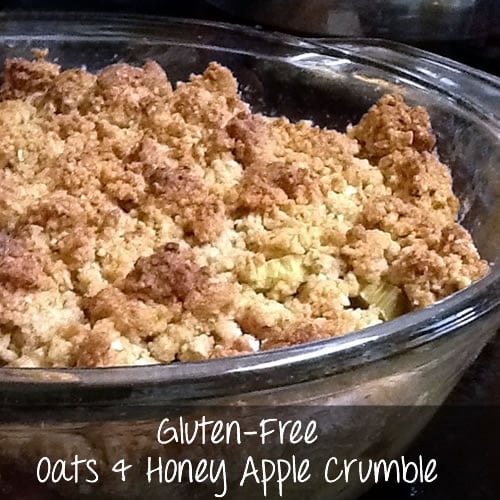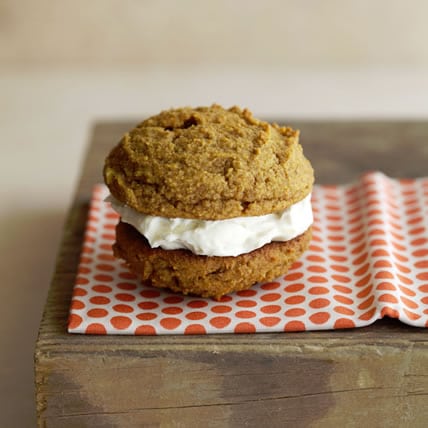“What Kind of Milk Should I Drink?”
Jan 30, 2012, Updated Feb 05, 2016

I’ve gotten this question a lot lately. People can get pretty passionate about their milk, so for the sake of this particular discussion, let’s assume you’re not asking whether or not you should drink milk at all, just that you are a generally healthy adult who likes to drink milk, and you’re wondering about which particular type of cow’s milk is the best way to go.
In the past, I’ve simply recommended fat-free or low-fat milk. I’ve done so because that’s what the government recommendations say to do. In recent months, however, I’ve been learning a bit more about milk (and have also become wary about the influence industry has on the government’s dietary recommendations).
Although I don’t have first-hand experience (I’m a little lactose-intolerant), I purport that drinking raw, whole milk from healthy, well-treated cows that eat grass in the pasture is probably the best way to go. That’s because the nutritional profile of milk from cows that eat grass — rather than corn — is better for you. It’s also better for the environment… And for the cows. (Here’s a good discussion of grass-fed vs. grain-fed cows).
[Update: See Kate’s important comment about the dangers of raw milk.]
Unfortunately, tracking down grass-fed, raw milk can be difficult, if not impossible (oh yeah, and it may be illegal). Even if you can find a good source, it’s probably quite expensive compared to just going to the supermarket. So, you ask, what about the typical pasteurized-homogenized store-bought stuff?
First, I recommend buying certified organic dairy products whenever possible (though if I had to choose between pastured-and-grass-fed-but-not-certified-organic, and corn-fed-and-Organic, I’d go with the first option).
After that, it’s worthwhile to know what happens to most milk before it gets to you. To start, it’s combined with milk from hundreds or thousands of other cows. Then it’s spun in a centrifuge to remove the fat. Next, the fat is added back into the milk to the desired percentage, and the fat is homogenized [good description, though from an obviously biased source] to keep it from floating back up to the top. Then it’s pasteurized and finally packaged up and sent on its way to the store.
So this type of “whole milk” is not really whole anymore. It’s been split apart, put back together, and heavily processed.
If it’s going to be pasteurized-homogenized milk, especially if it’s from cows that are eating corn and not grass, we may be better off avoiding the fats altogether. The nutritional profile of the fats in the milk is going to be different (worse) from those cows.
Additionally, by drinking non-fat milk, it reduces the overall calories — and the fewer calories we drink (rather than chew) the better. Quite a few studies have shown that liquid calories are not registered by the body as well as solid calories, so if we drink our calories, we tend to consume more overall.
In choosing your milk’s fat content, though, I wouldn’t stress too much about those few added calories. Drinking water instead of milk will make a bigger difference than choosing 1% instead of 2% milk — unless you drink a lot of milk. Also, if there’s more fat in your glass of milk, it may increase your satiety a bit — meaning you’ll feel fuller longer. If that’s the case, the extra fat may be beneficial overall.
On a related note, we’ve switched to using real butter in our house instead of butter-replacements like Smart Balance or Earth Balance. That’s not for everything, mind you — we still use plenty of olive oil, and I’m loving my unrefined coconut oil. But we’re buying butter only made from grass-fed, pastured cows. The fats are better for us, and it tastes better, too.





















I love milk, but after reading this I don’t think I would have a problem giving it up. Are there alternatives you could tell us about? Like almond milk and things like that. : )
My husband and I compromise by drinking 1% since I like skim and he likes 2%. That’s interesting about the drinking calories vs. eating….might make me think twice before ordering a margarita at dinner! 😉
Hey Andrew! I can personally vouch for the benefits of raw, whole milk, but as a number of your commentators have pointed out, there are real risks involved. I was raised on a dairy farm and consumed raw milk for the first 18 years of my life (I only transitioned to homogenized milk after leaving home for university!). There are a number of steps taken to protect the consumer that start in the dairy, from close monitoring of the animal’s health, to sanitation and food-safe handling that includes rapid chilling of the milk in refrigerated tanks. Animals displaying illnesses, especially those of the mammary system (mastitis) are milked by a separate machine and the milk is discarded. At the end of every milking, the entire system leading from the milkers through the pipes is flushed with a sanitizing solution, and the dairy is hosed and soaped down. That being said,… Read more »
I’m an advocate of raw milk – I didn’t see it mentioned here yet but I would like to point out that all the scare tactics that warn us of the evils of raw unpasteurized milk fail to mention that there hasn’t been even one death since 1999… It is by far a healthier source than the junk that they homogenize (to mix it so that the butter fat doesn’t separate from the milk) and pasteurize it (so that they just about kill all the goodness)
Just a word to the wise…..unless you don’t have a natural aversion to all manner of contaminants, go with the pasteurized stuff. Raw milk has all kinds of “interesting” organisms, critters and crap in it. Research it for yourself.
Andrew, could you provide some sources that clarify how the nutritional value of the fats in milk from corn-fed cows is different to grass-fed?
Sure thing, here are a few…If you find any other good ones, by all means please report back!)
Is milk from grass-fed cows more heart-healthy? (This link is in my original post, above.)
Andy Bellatti on Milk from Corn-Fed Cows
Eat Wild on Health Benefits of Grass-Fed ProductsEat Wild on CLA
The Advantages of Grass Fed Beef and Dairy (he used the Eat Wild website as his primary source, but this uses their graphs to make the point a little more easily)
A review of fatty acid profiles and antioxidant content in grass-fed and grain-fed beef (Note, this is for beef, not milk – but it’s logical that if the meat is different, so will be the milk.)
Thank you!
I would just like to point out the obvious fact that there are many delicious very nutritious alternative “milks” out on the market now that are sustainable, organic, infinately cheaper, and dont involve questionable treatment of cows. Even drinking half nut milks and half dairy would only be a good thing for both your wallet as well as the various additional benefits of plant based nutrition.
We have switched from just organic milk to non-homogenized, vat pasturized organic milk that comes from grass fed cows. It is made by Kalona supernatural. It has a cream top which has taken a little while for the kids to get used to but it is the least processed milk that I can find without going to raw. I have read that homogenization of milk can make the fats more damaging to our health due to the breaking down of the fat through the filtering process. I usually buy 2% or whole milk.
I always buy organic milk and butter, but truthfully I am drinking less of it and using coconut milk most of the time. Of all the milk substitutes it tastes the most like real milk to me. It is also very good for you. After reading “WHITEWASH The Disturbing Truth About Cow’s Milk and Your Health”, I am trying to cut way back on it. I wish I could cut it out completely, but I still indulge once in awhile.
I did not know that the fat was taken out then put back in…Actually I had never thought about how milk was processed. Very interesting.